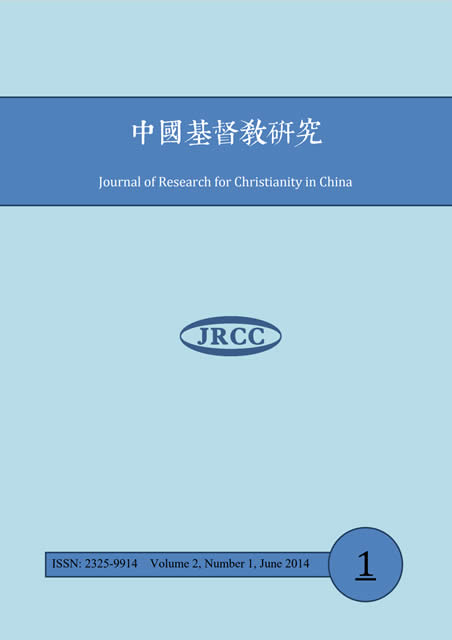Abstract
Karl Ludvig Reichelt(1877-1952) is a Norwegian missionary, he came to China in 1903, and died in Hong Kong in 1952. Under the cross-cultural background, his method of studying world religions in the practice of missionary working and religious dialogue, turns from one Christianity perspective to the joint perspective of Christian and scholar’s. Thus his religious dialogue manifests the characteristics of taking Christianity as fundamental base, religion comparison as methodology, and launches unique religion dialogues with a focus on the harmony between Christianity belief and religious understanding, religious feeling and objective judging. In the course of the meeting of eastern culture and western culture, the difference between Chinese religion and Christianity on God, Trinity, sin bring so much trouble to Reichelt’s practical missionary work. In order to solve the problems, Reichelt continuously tries to find the right way in religious dialogue. And while he compares the different kinds of world religions, the way of regarding the comparative method as the means to make pagans Christians, or the way of regarding the comparative method as the equally dialogue style, how to make a choice always confuse Reichelt. In one respect, taking the doctrine of Christianity as the only standard of religion comparison may lead to the not widely acknowledgement. On the other hand, Reichelt tries to create an environment in which different religions could have mutual progresses and motivations based on objective interpretations of others. Although in the course of indigenization, Reichelt discards some basic principles of Christianity in a sense and distorts somewhat previous purpose of religious dialogue, his effort to syncretize Christianity and Chinese culture would not lack its necessity in a time of great changes, and his sincerity, generousness, kindness, openness should be referred by religious dialogue in contemporary world. The paper tries to relate and analyze the religious dialogue of Reichelt from the God, the Trinity and the Sin, summarize the characters of the dialogue, and explore the relating topics on the religious dialogue.

This work is licensed under a Creative Commons Attribution-NonCommercial-NoDerivatives 4.0 International License.
Copyright (c) 2014 Journal of Research for Christianity in China (JRCC)
